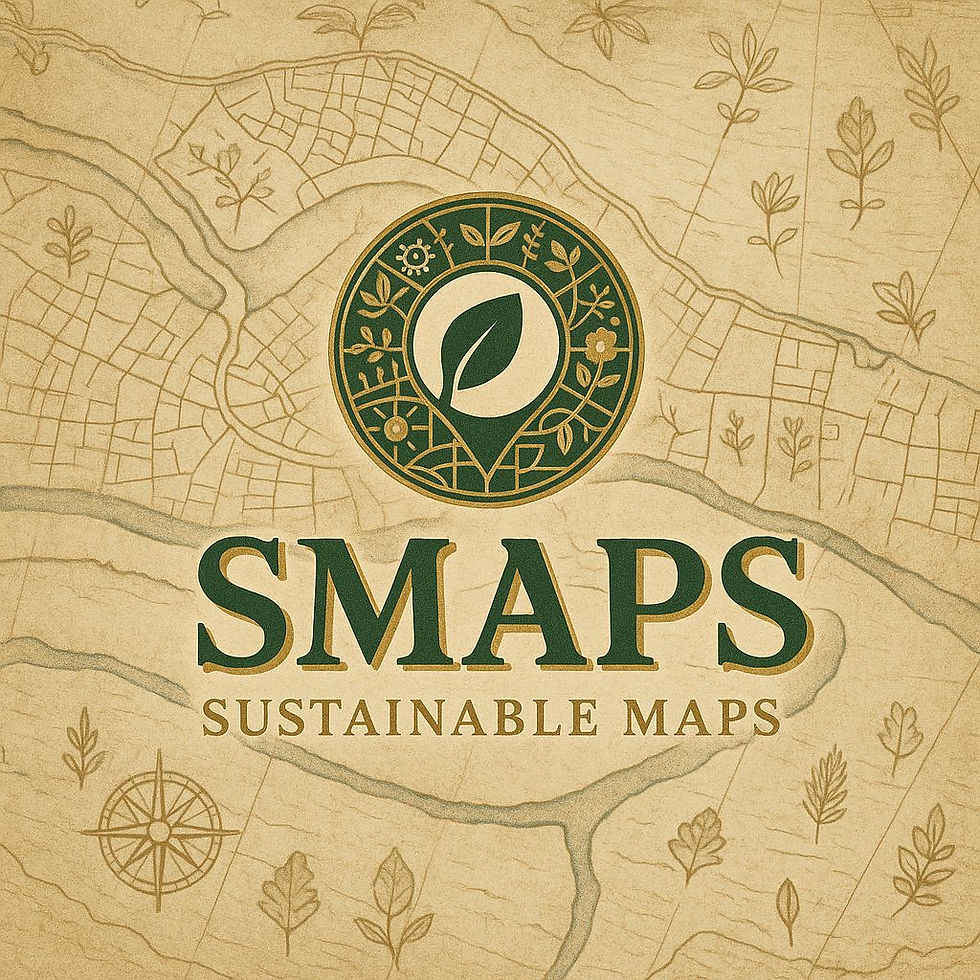
Fabrics & Sustainability
- GreenerEU

- Nov 4, 2022
- 2 min read
Throughout the history of humanity men & women have covered, warmed and protected their bodies through clothing. Starting from animal skins to the development of chemical filaments that satisfy the high demands of clothing, fabrics & covers.
Nowadays, many of us do not even recognize the types of fabrics that actually exist. Over the last century technology has developed that enhances elasticity, increases the color palette intensity and longevity of the fabrics. Innovative filaments such as Lycra, polyamide and bambù increase the range of possibilities in the fashion industry. The fast fashion has had numerous negative side effects such as pollution, child labour and exploitation of land. However, there have also been positive developments. Thanks to the consumers extra attention in sustainability that has transcribed in the consumer power and has had an effect on changing the system in a positive direction: more sustainability and human rights protection.
But let’s start presenting fabrics & sustainable innovation in the textile industry and in demand for sustainable fashion:
Types of natural fibers from light fresh fabrics to warm winter clothing:
Silk, linen, cotton, viscose, (innovative fabrics such as bambù and other new recycled natural materials), wool, cashmere
Synthetic fabrics
Poliestere, lycra, polyamide, nylon, acrylic
Compositions:
Clothing can have a mixture of fibers which can be referred to as composition such as 60% wool 40% acrylic. Benefits of natural fabrics:
- lower emissions & pollution
- longer lasting
- warmer
Benefits of synthetics
- elasticity
- longevity & readiness to cleaning in washer
- lower cost of production
Innovation in fabrics:
- Bambù
- Recycled plastic from the sea (Guido Bonazzi)
- industry recycled fibers formed into
Filaments Fabrics & exclusivity
- artisanal
- unique prints
- elaboration & color
Historically, silk was imported from Asia through Venice. Many artisanal “tintors” has workshops in which the silk was refined and tinted in color. Did you know that the artist and painter Tintorettos father had a fabric workshop in which he tinted fabrics? That was where Tintoretto got his name from. Also prints had been created through wooden or metallic clichès to embellish the fabrics this tradition & technique has been passed on through generations. One of the special people connected to fabrics & printing in the 20th century was Fortuny. He was creating and finding great prints, techniques and motifs from all over the world in Venice. His works have been collected by the Austrian artist and collector Liselotte Höhs who has in turn given it to the museum of Maddox. The exeptions pieces can still be seen in the fortuny museum and the fabrics museum in Madrid. It is exceptional that some companies such as Rubelli, Antonia Sautter and Stefano Nicolao & artisans are still in production and worn today.
A full map of the history of fashion & textile and their respective locations can be downloaded on our hybrid map here:



Comments